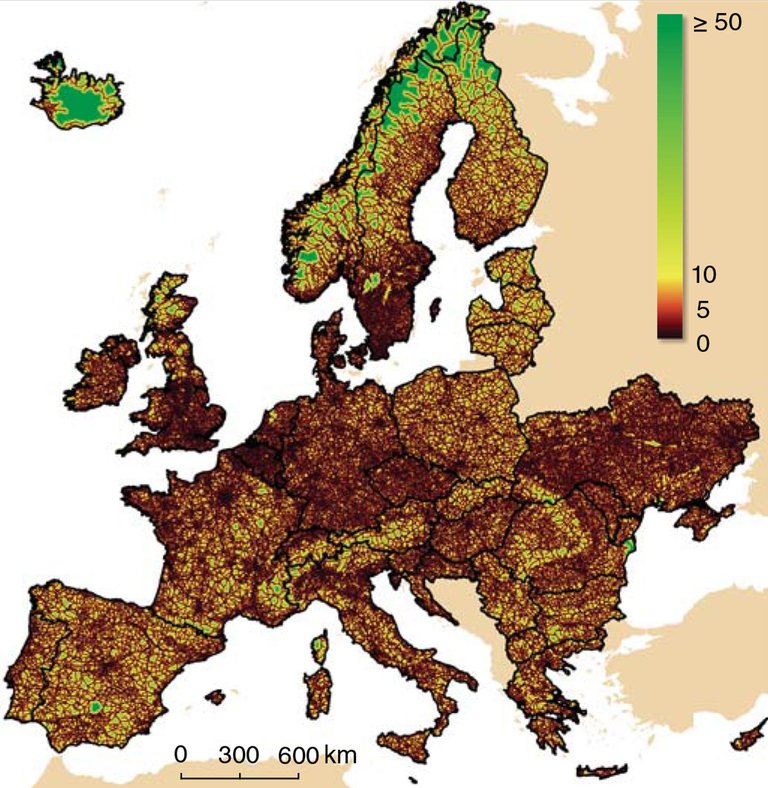Measured the harmful effects on the fauna of roads and railways

The researchers of the Natural Sciences Museum of Spain have developed a methodology to measure the effects of transport infrastructures on birds and mammals, which has allowed to verify that, without these infrastructures, the populations of birds and mammals would increase by 20% and 50% respectively with respect to current ones.
The study, published in the scientific journal PNAS, indicates that half of the non-urbanized European territory is 1.5 km from a road or railway and the fourth to 500 meters. The highest density of transport infrastructures occurs in the centre of Europe and the smallest in Iceland.
To measure the area of influence of the infrastructures, fauna has been counted near the infrastructures and in zones without roads or railways. For this purpose, it has departed from Spain and it has been proven that the impact of infrastructures in non-urbanized places extends to 55% of the bird area. The most affected species are the sketch and the solar eagle.
The influence is even greater in the case of mammals, which reach 98% of their territory and whose most negative effects are lynxes and bears.
The researchers have warned that if measures are not taken, the situation could worsen in the future, 25 million kilometers to a conventional road by 2050 and 333,500 kilometers of railroad. Many of them, in addition, are planned in countries still with a great biodiversity.
Buletina
Bidali zure helbide elektronikoa eta jaso asteroko buletina zure sarrera-ontzian











